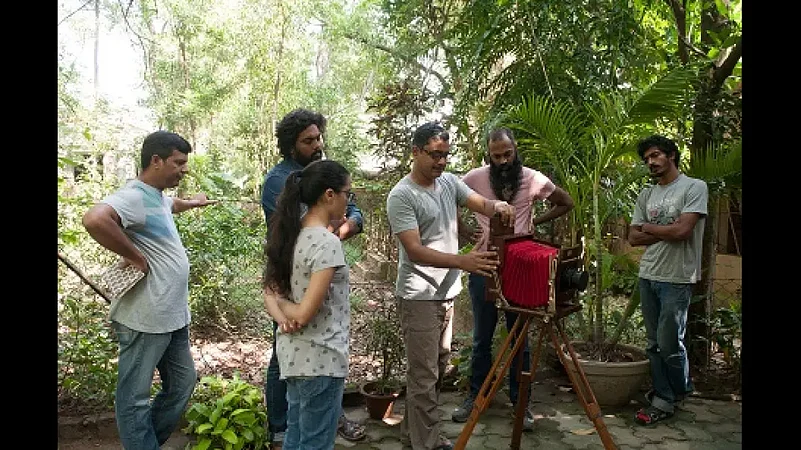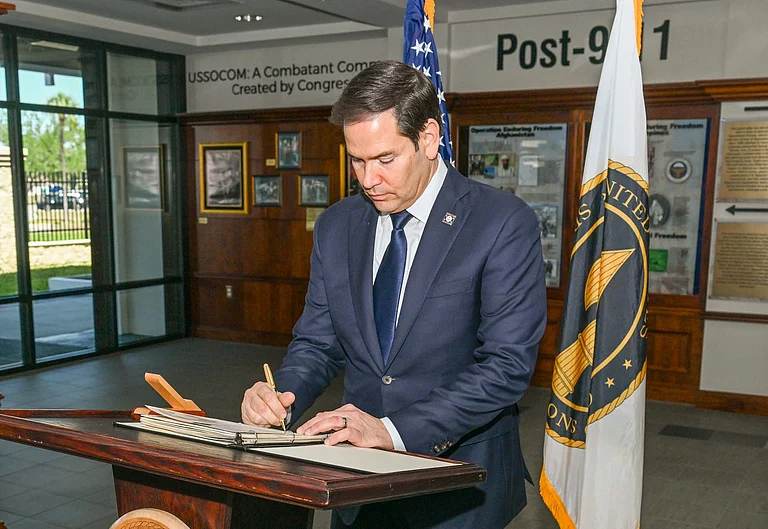In this age of digital photography (when analogue cameras have been largely pushed to the brink), how would you react if someone told you that it is possible to print photographs using extracts from flowers and fruits? That it is not a new trend but practiced way back in the mid-19th century? Well, it was a side of photography-related technique I knew nothing about, ‘alternative photography’.
Although the world of photography is still divided over the exact definition of the phrase, according to Wikipedia, “Alternative processes are often called historical, or non-silver processes. Most of these processes were used by early photographers.” Unlike today’s instant photography, the processes require a lot of understanding of chemistry as well as photo sensitivity of different material, to say the least. These handmade photographs are often unique creations, like that of an artist’s canvas. One of the popular processes from the early era were the Daguerreotypes. Even the once familiar ‘blue print’ or the Cyanotype belonged to this category.
It was just after the COVID-19 restrictions were being lifted and I happened to come across Studio Goppo located in the Tagorean land of Shantiniketan in West Bengal. Owned and run by Arpan Mukherjee, a practising artist and art educator in Visva Bharati, and his wife Shreya, an art historian and a scholar on Indian photographic history, the studio is dedicated to the study and practice of alternative photography. The Mukherjees largely work with techniques and practices that were prevalent during the late 19th and early 20th-century, with special attention to those prevalent between 1850 and 1888.

During their passionate study of the subject as well as turning out prints using the old processes, the duo not only gained significant insights into the processes and the characters of the material used but also collected a lot of books and equipment.
While researching on the subject, Arpan Mukherjee had visited (he still visits them) many old studios and camera shops in Kolkata, Lucknow, Varanasi, and other old towns and cities in India. “I even visited old studios and camera shops in small towns such as Suri (West Bengal), which often yielded spectacular finds,” he said. “I was amazed by the knowledge of ‘jugaad’ of the aged owners.”
According to Mukherjee, knowing how to prepare the chemicals is very important. With the spread of digital photography, the business of photographic chemicals is also on the wane. Obtaining an ingredient chemical can also turn tricky as it might have become obsolete.
“Alternative photography is a highly chemical oriented process,” said Mukherjee. And as parents of two kids, they realised it might be dangerous to have the various chemicals lying around at their home studio. So they built a separate space with their own resources, and named it Studio Goppo. According to Mukherjee, “Goppo is a Bengali word which means small stories. In our studio, we want to bring together the small stories, ideas, practices and research around the world of photography.”
Keen to share their historical and practical knowledge, the couple decided to hold workshops for people interested in this branch of photography. They have also developed their own hybrid methods, by combining old and digital processes.
Buoyed by the response to their workshops with participants coming from across India, they have introduced private tutorials and artists in residence programmes. If required, tutorial participants are taken for outdoor training too. For example, a wet plate collodion tutorial may be held in an outdoor location for which one needs to carry all chemicals, equipment and a dark tent to make images. At the end of a workshop or tutorials, participants get an opportunity to exhibit their photographs. A proud Mukherjee described how many of his students and workshop participants have opened their own studios in different cities.
Studio Goppo will be holding a series of short duration group workshops in August this year and is also inviting applications for artist residency and private tutorials for the current year. The workshops will be on Colour Gum Dichromate Print, New Cyanotype, Gum Print & Vegetable Dye toning, and Wet Plate Collodion Negative & Albumen Print. Details of the course, fees and dates are available on the website.
Interestingly, Shantiniketan is one of the most picturesque corners of India during the monsoon. The dark clouds and the rain, the greenery, the soaked red earth, make for a painterly scene. So attending the workshop can be a perfect excuse in case you want to go on a vacation too.


























